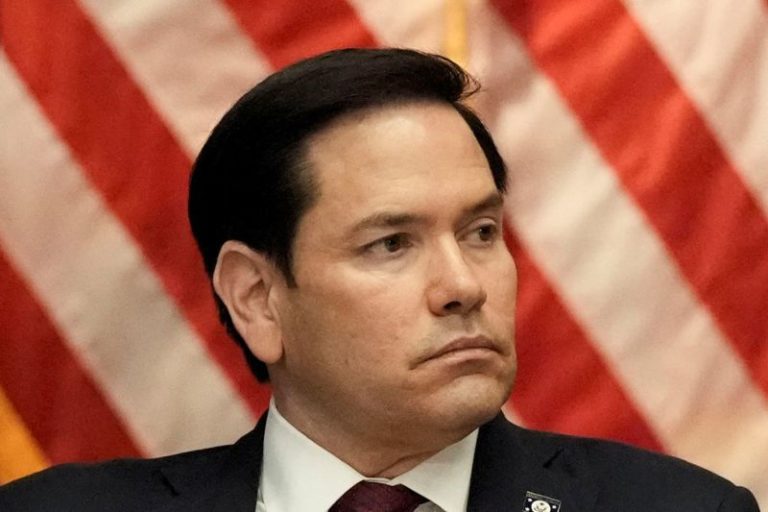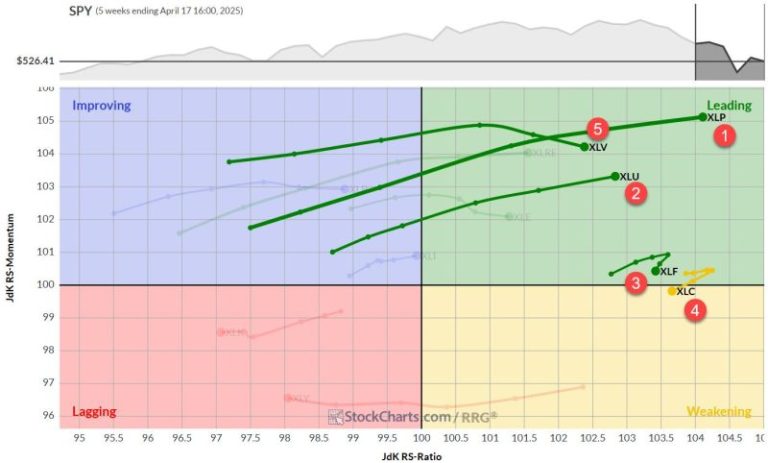Fresh warthog carcass in tow, a poacher speeds away from Zimbabwe’s Imire Rhino and Wildlife Conservancy. Blood spatters, footprints and tire marks are the only traces of the crime he has just committed, but a trace is all it takes for the hunter to become the hunted.
His arrest comes a short while later, courtesy of Shinga, a Belgian Malinois that perfectly retraced the poacher’s 2.8-mile (4.5-kilometer) route home, leading an anti-poaching team to his door.
Last October’s pursuit ultimately began much further afield, in the sleepy Welsh town of Carmarthen, where Shinga was born and raised. It’s home to the kennels of Dogs4Wildlife, a non-profit organization that trains dogs to support anti-poaching units (APUs) in their efforts to protect endangered wildlife across southern Africa.
It’s run by professional dog trainers Darren Priddle and Jacqui Law, who decided to blend their career experiences of developing working dogs for police, security, and military operations with their love of wildlife, after seeing photos of a poached African rhino on social media in 2015.
“We can deploy dogs in the UK to track people … to look for drugs, firearms and explosives, so why could we not look at developing the dogs that we were training for conservation efforts?”
The duo has since sent 15 dogs to five sub-Saharan African countries, including Mozambique and Tanzania, each one bred by them in southwest Wales.
They usually breed one or two litters each year. Dutch shepherds and Belgian Malinois are two of the most common breeds for tracking, while labradors and spaniels are typically the detection (sniffer) dogs of choice.
Training begins from as early as two days old. Priddle acknowledges that sounds young, but he believes early imprinting programs can provide a strong foundation for the formal training that commences around six weeks later.
“There’s a lot of scientific study out there that’s been documented on exposing puppies to touch, different temperatures, different surfaces and textures, as well as different odors that we put into the whelping box when they’re very young,” he explained
“It just helps their brain and (helps) their synapses to fire. We see a lot of advancement in those puppies.”
The curriculum closely follows that of the typical police or security dog, focusing on obedience, tracking, and scent detection – a skill used to sniff out rhino horn, elephant ivory and bushmeat.
The only key difference to the training process is acclimating dogs to the sights, sounds and smells of lions, giraffes and the myriad other species they will help protect. With rhino and elephant numbers severely lacking in the wetlands of Carmarthenshire, trips to local zoos are organized to desensitize the puppies to African wildlife.
Typically, after 16 to 18 months, dogs are ready for assignment. Even though Priddle accompanies each one on the long flight to their new home, spending the first month with the anti-poaching unit to provide field and animal welfare training to rangers, goodbyes never get easier.
“The transition from spending every waking moment with that dog, having a very strong relationship, to then letting that go is challenging and difficult,” Law said.
“But as much as it breaks my heart when they go, I know they’re going for the greater good.”
Easing the pain are WhatsApp group chats set up for Priddle and Law to keep in touch with and advise APUs across the various reserves and conservancies.
They are particularly active forums, especially given that the organization also provides training and consultancy to teams with existing dog units, such as the Akashinga Rangers, Africa’s first armed all-female anti-poaching squad, who watch over Zimbabwe’s vast Phundundu Wildlife Area.
Naturally, updates of success are a source of immense personal pride for the pair back in Wales. Shinga’s tracking triumph in October followed the achievements of fellow Belgian Malinois Dan, which in 2013 alerted his team to a rhino calf that had been caught in a snare trap in KwaZulu-Natal Province, South Africa.
Such victories demonstrate the “game-changing” value such dogs can have when incorporated into conservation efforts, argue the duo, even through their mere presence.
“When these reserves bring a specialist dog onto a wildlife reserve … the word spreads very quickly that the APUs now have the capability to actually catch these poachers on a more efficient and successful basis,” Priddle said.
“Some of the smaller wildlife reserves almost eradicate poaching in all types completely, just because of the deterrent value that dog brings to the party.”
As park manager and head of anti-poaching operations at Zimbabwe’s 10,000-acre Imire conservancy, Reilly Travers has had a front row seat for the last seven years to the impact of Shinga and also Murwi, a Dutch shepherd whose training was paid for by the fundraising efforts of pupils of the local Harare International school.
Capable of covering as much as 10 kilometers (6.2 miles) an hour when tracking, even in darkness, dogs allow rangers to “own the night,” Travers explained, adding an invaluable level of versatility and unpredictability to their arsenal.
And on numerous occasions Shinga and Murwi have alerted units to potentially mortal threats – be it from poachers or predators – through body language alone.
“It’s had a massive impact on security for Imire. We’ve had a drastic reduction in poaching and the K9 unit has a massive role to play in that … It’s not the silver bullet but it’s a tool that will make a significant difference.”
Zimbabwe once boasted thousands of rhinos, yet numbers nosedived to less than 450 by 1992 because of poaching networks, according to conservation charity Save the Rhino.
The efforts of Imire, which saw the birth of its 23rd rhino in 2023, helped the country’s rhino population climb back over the 1,000-mark in 2022, but statistics continue to make for grim reading across the wider continent.
Though the numbers of African rhinos poached annually has dropped steadily since a peak of over 1,300 in 2015, almost 600 kills were still recorded last year, according to Save the Rhino. It contributed to an overall decline in the total African black rhino population in 2023, though white rhino numbers are on the rise.
And the impact of each loss extends far beyond statistics, Priddle and Law explain, especially at the smaller reserves that Dogs4Wildlife focuses on, which have markedly less anti-poaching resources than the continent’s most renowned parks.
Recalling the sight of a de-horned 25-year-old bull rhino and eight-year-old male in Limpopo, both killed by a single poacher, Law stressed the knock-on effect on the wider environment.
“The vegetation they clear, the seeds they disperse, all the other animals that are impacted. You think it’s just a rhino that’s gone – it’s the whole ecosystem that suffers,” Law explained.
“The owners of that reserve had a relationship with that bull for 25 years – we grieve when we lose a dog after 10 to 15 years. For us to experience the impact that losing those two rhinos had on the reserve owner sort of gave us added motivation.
“It was just horrific. I never want to see that again.”
As Dogs4Wildlife looks ahead to its long-term goal of one day opening a specialized training and canine school within Africa, mobilizing future generations has become a key part of its overall mission.
Its Conservation club, called Siyafunda Ngemvelo – which translates to “we learn in nature” in IsiZulu – has taken more than 180 South African children into reserves as part of a wildlife education program.
Law said that for local people to want to protect rhinos, they must first see the animals’ value to the environment.
“We have to start at the fundamental basics, which is children taking responsibility for their own wildlife,” she added.
“Once they get the passion for it, they’re going to become future rangers, not future poachers.”
This post appeared first on cnn.com










